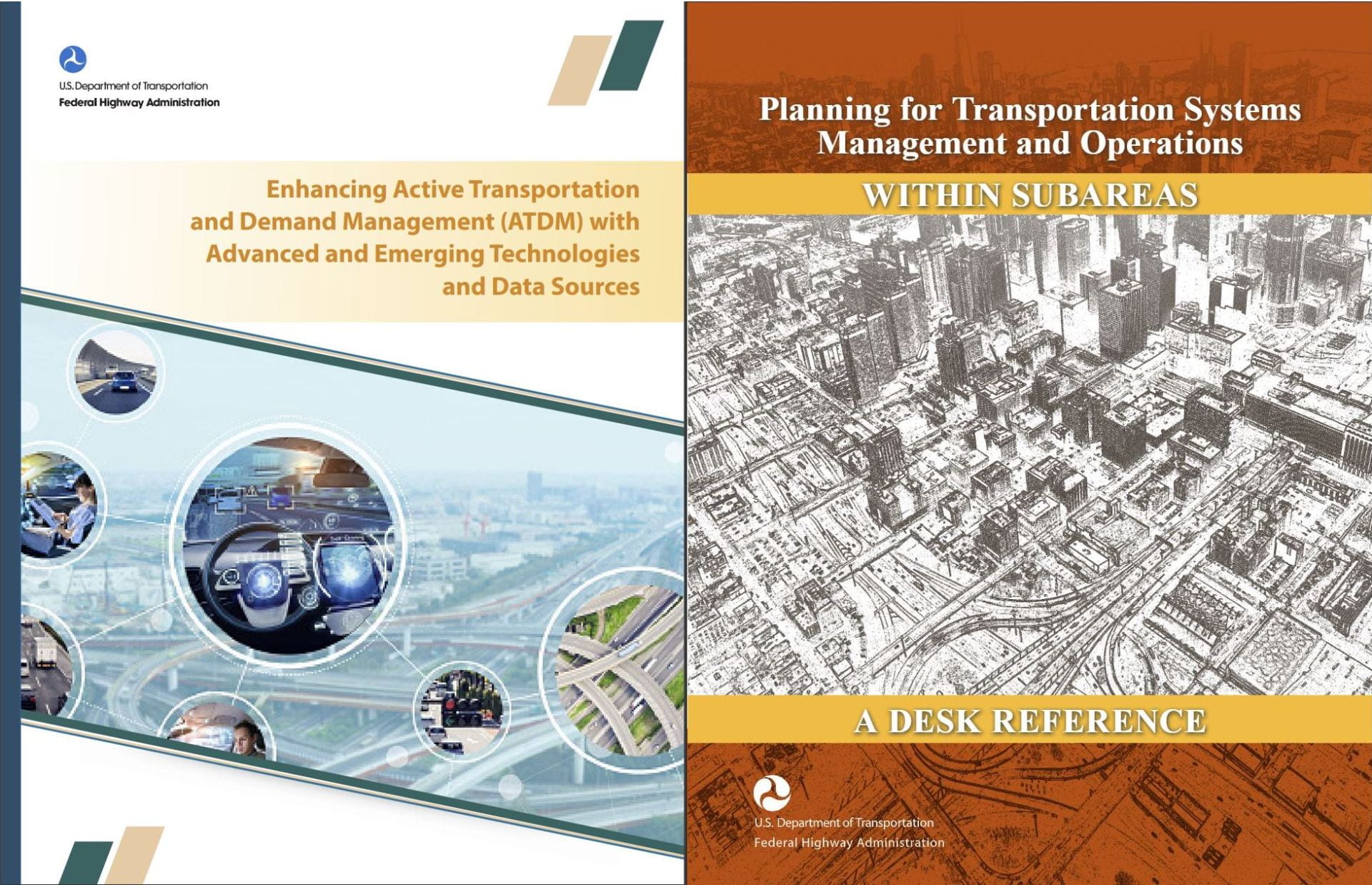Enhancing the State of the Practice
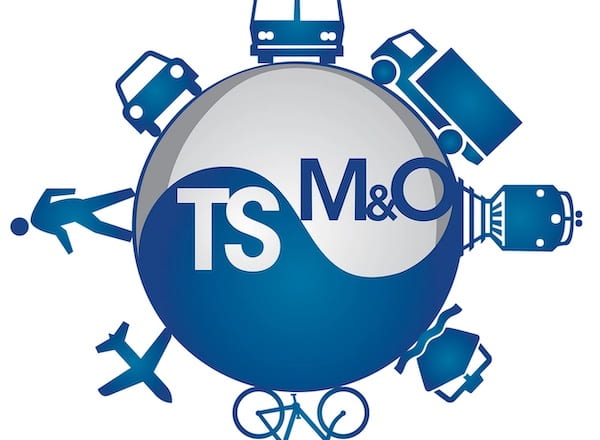
About
Our working experiences with USDOT and state DOTs render us a deep understanding of their missions to build and maintain sustainable transportation systems, and the role of applied research in incremental improvements to the practice. A transportation researcher should assume the responsibility to understand mission agency needs and transfer advanced knowledge obtained from lab studies to the field to meet their goals.
Exhibit 1 – TIM-BC: Traffic Incident Management B/C Tool
Funded by FHWA, we developed, evaluated and promoted a variety of innovative solutions to recurring and non-recurring congestions, such as dynamic reversible lanes and design of alternative intersections, and concepts and results of these studies have been promoted among state DOTs. I also led the development of a traffic incident management benefit-cost analysis (TIM-BC) tool, as demonstrated in the Exhibit below. Though the underlying methodology is based on complex simulation and statistics, the tool itself is user-friendly and currently being used by multiple state DOTs. This tool is recently introduced to Utah DOT’s TIM program through an FHWA workshop to assist in their potential expansions of existing TIM efforts.
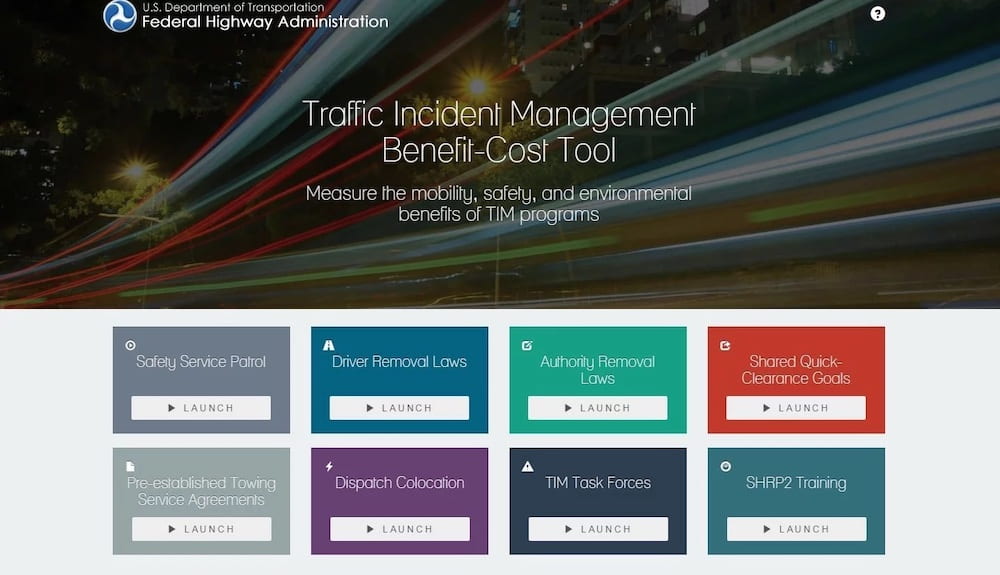
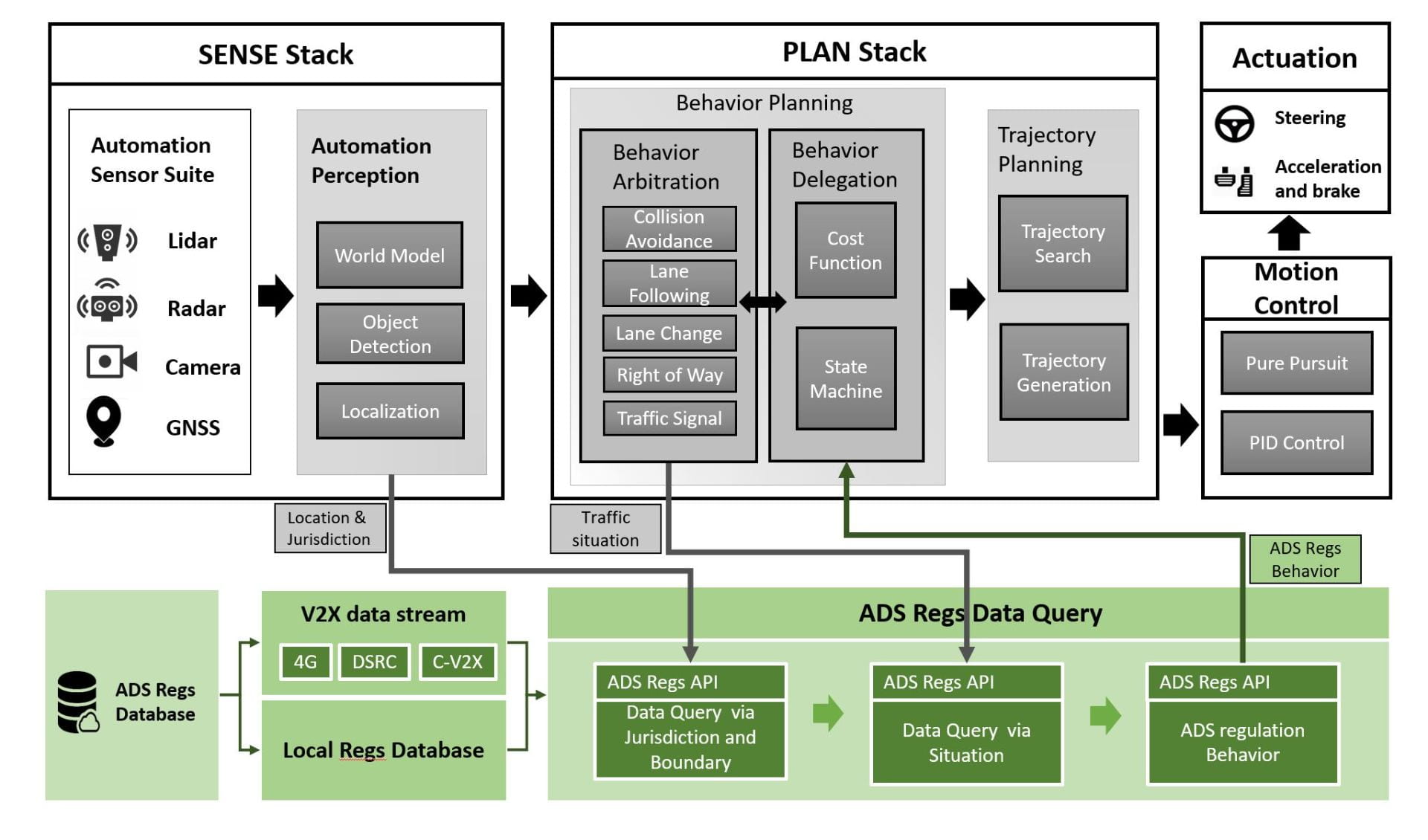
Exhibit 2 – Data for Automated Vehicle Integration into National Highway Systems
Access to data is a critical enabler for the safe, efficient, and accessible integration of automated vehicles (AVs) into the transportation system. For example, working closely with FHWA Office of Operations, our team is developing a data system related to traffic laws and regulations to facilitate the development of ADS behavior, as well as roadway adaptations that fulfill the vision of safe and effective ADS operations. This ADS Operational Behavior and Traffic Regulation Database framework is, therefore, a key requirement for realizing effective and robust digital transportation systems for AV integration.
Exhibit 3 – Incorporating Connected Automated Vehicles (CAV) into HCM
Funded by a FHWA pooled fund study led by Oregon DOT, our team works closely with Kittelson and TRB highway capacity and quality of service committee (ACP40) to develop capacity adjustment factors for the Bible of traffic engineers and planners, i.e., Highway Capacity Manual, to account for AVs and CAVs in future mixed traffic on a wide range of facility types, e.g., basic freeway segments, merge, diverge, weaving, signalized intersections (permissive and protected left turns), roundabouts, two-way-stop-controlled (TWSC) intersections, and freeway facilities with managed lanes.
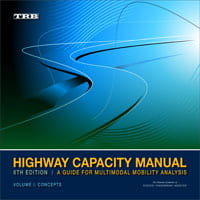
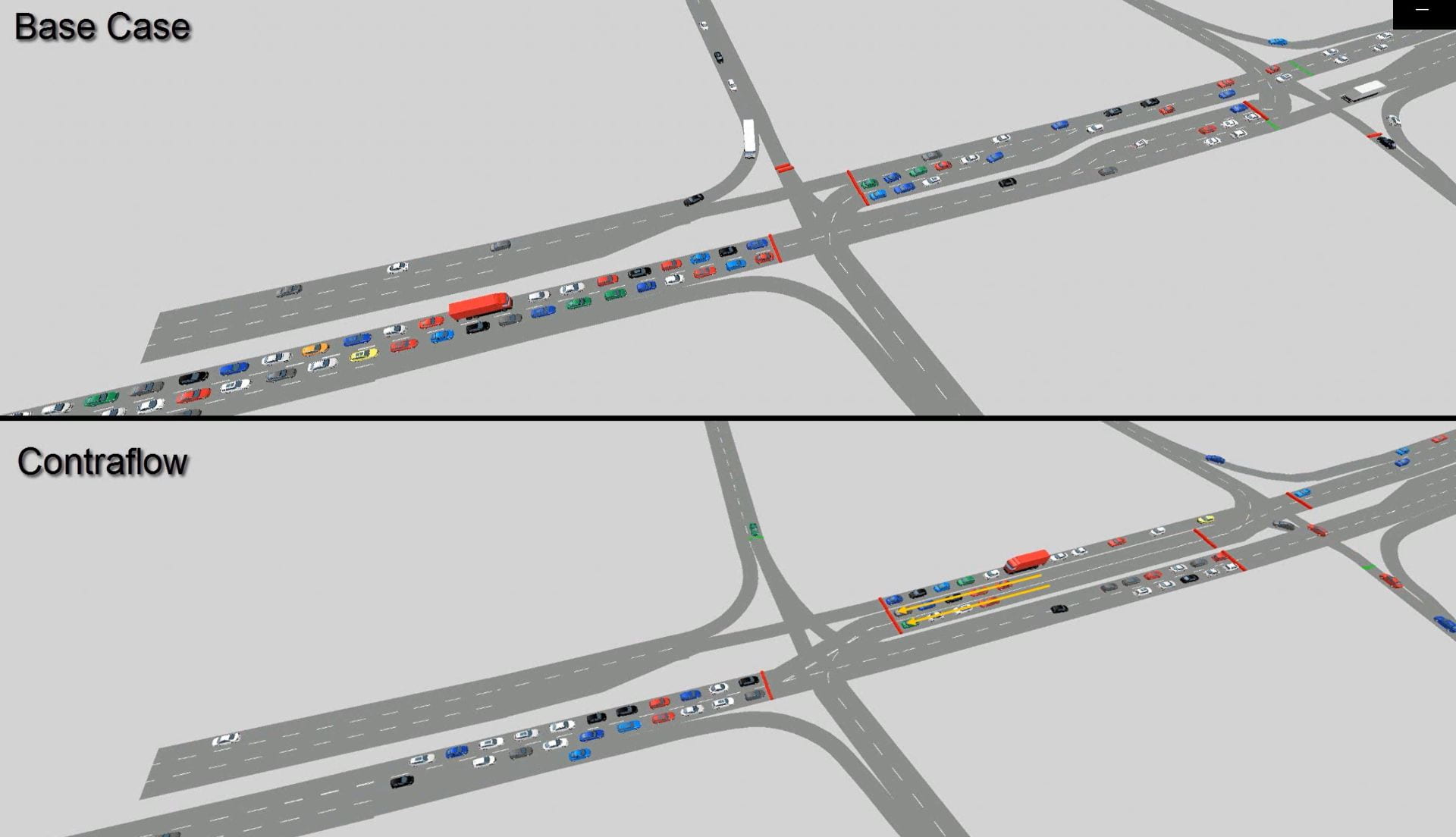
Exhibit 4 – Innovative Solutions for Bottleneck Reduction
Through multiple FHWA funded projects, our team has developed new concepts of geometric and Intelligent Transportation Systems solutions for highway bottleneck reduction. The example on the left shows a new design for freeway interchanges, named Diamond interchange with Dynamic Reversible Left Turns (DRLT). Other solutions including multiple merge points for freeways, managed lanes on the right side of the freeway, and dynamic merge control.
Exhibit 5 – Guidebooks for New Transportation Technologies
In close collaboration with our partners, we have developed multiple guidebooks for practitioners on a wide range topics about Intelligent Transportation Systems (ITS). Three examples include enhancing active transportation and demand management (ATDM) with emerging technologies and data, planning for transportation management and operations, variable speed limit systems, and advanced bottleneck reduction solutions.
